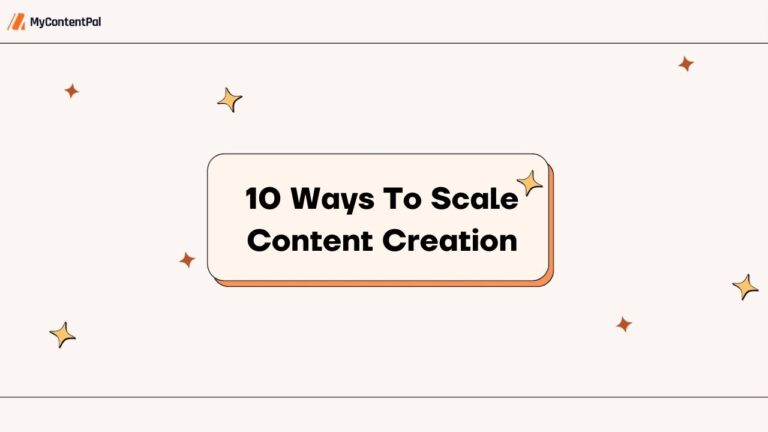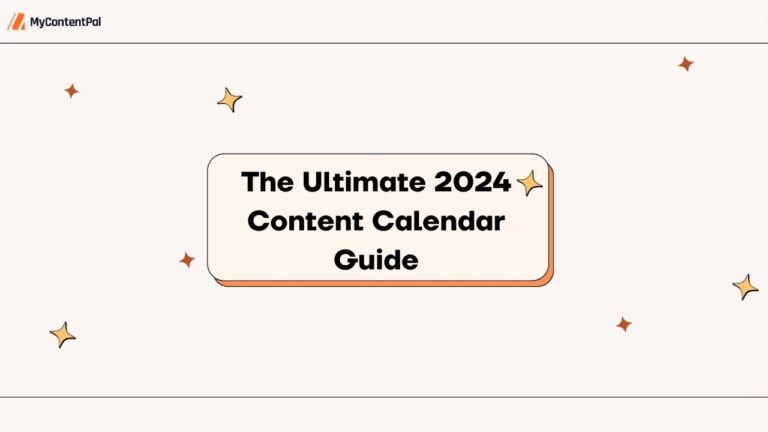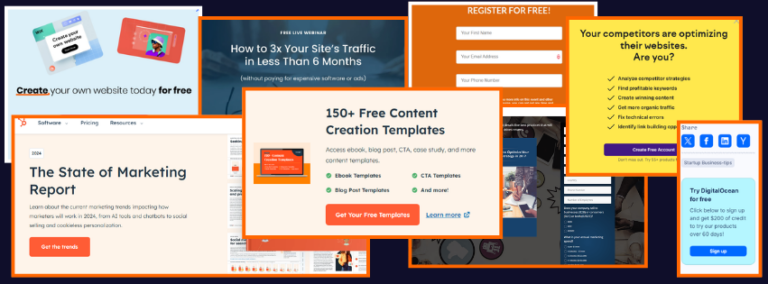The average person is estimated to spend two hours and 23 minutes on social media platforms daily, looking at and digesting thousands of new pieces of information. But what makes them stop among so many videos, pictures, and tweets and compels them to click SHARE?
The answer to this question has many psychological facets, but it will always boil down to:
- Emotional triggers
- Identity
- Connection
The reality is that the reason behind sharing on social media all comes down to how a piece of content makes us feel. If it evokes any relatable emotion or speaks to our identity, it makes us want to share it. Our online persona defines us entirely- it’s how we connect with other people and how we connect with and validate ourselves. Sharing content is simply a means of saying:
The psychology behind sharing content is vast. So, let’s get into it.
The Psychological Role Of Emotions, Identity And Connection in Content Sharing
As I said above, there are three fundamental factors that make a person click SHARE: emotions, identity, and connection. Understanding these factors is crucial for creating shareable content.
Emotion

Scrolling through social media has almost become a mindless act. Evoking any kind of intense feeling, whether negative or positive, will make a person stop, refocus, and probably reshare. This is because something in their brain has been triggered, whether anger, nostalgia, or humour.
However, it is more likely that someone will share content that gives them strong feelings of happiness or inspiration because it is human nature to spread that to others, all in an effort to be liked or be shown more appreciation or validation.
Identity
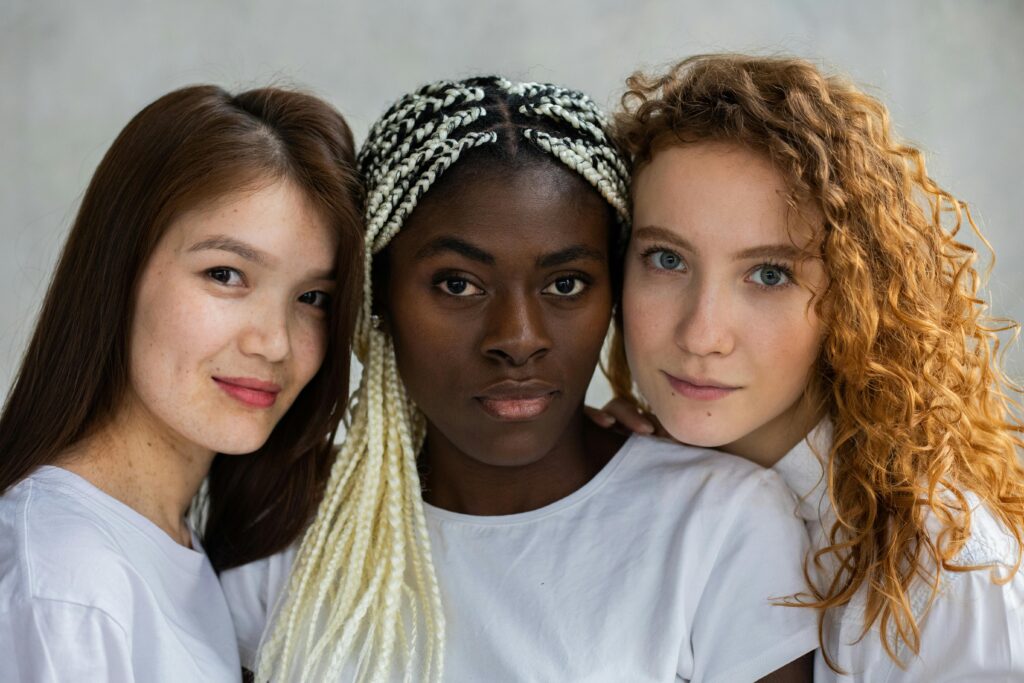
Everyone wants to be understood and perceived in a specific way. People define and express their identity, values, and beliefs by sharing content online. When people come across content that aligns with their self-image, they are more likely to share it to showcase their personality and interests, giving people a better sense of who they are.
Psychological reasons behind this are usually subconscious, but if you think about it, people want to portray their identity to attract like-minded people so that they can connect with similar people.
Connection

People need to feel connected to others to feel a sense of belonging—this is a fact. Sharing content on social media is a means to bond and connect. Relatable content helps people spark meaningful conversations and makes them feel a greater sense of belonging among people with whom they share the content, especially if the other person agrees with or enjoys it.
The self-validation we feel when connecting with others is immense, making us feel more valuable and loved.
What Motivates People To Share Content Online?
People share online content for various reasons. However, understanding the psychology behind their motivations is vital.
According to A social sharing report based on the popular New York Times study, the five biggest reasons people share content are:
As I said before, the psychological reasons for sharing content lie in triggering emotion, identity and connection. You can see how each of these reasonings lies at the base of the five biggest motivational reasons for sharing.
I will dive deeper into the top five motivations for sharing content and you will see how the psychological reasons tie into them.
- Bring valuable and entertaining content to the people you care about
We have all been taught from a young age that sharing is caring… This doesn’t exclude content sharing! It has been found that nearly 50% of people share valuable and entertaining content because they want their audience to learn or laugh at something that they have just learned or laughed at.
The psychological reasoning here lies in our innate human need to help and nurture the people we care about. In the old days, this could’ve been showing your fellow neighbour that rubbing two sticks together makes a big red thing that creates heat. Today, it looks more like showing someone you love (a follower) a video of a cat using the toilet.
Another significant psychological reason behind sharing valuable and entertaining content online with others is because of our egos. We want people to see us as beacons of humour and intelligence; it’s in our subconscious nature. In fact, the study found that almost all its participants (94%) think about how their social media sharing will benefit or impact their audience.
- To let others know who you are
As I said before, sharing social media content is the most significant way that people can show others who they are. In today’s age, a social media account is a mirror of someone’s identity. By sharing online, people can paint a picture of who they are (or want to be) to the world.
68% of people share online because they identify and resonate with the content personally and want to be associated and perceived with the kind of message the content is portraying.
- To build and keep relationships flourishing
It’s important to remember that staying connected was the main reason social media emerged. This original concept is still a primary reason people use social media today. As humans, the people we love and our relationships are critical to us. No one thrives if they feel like they are doing life alone. Being able to stay connected to other people is essential to human life.
Interestingly, it was found that more people (78%) use social media to keep relationships alive with people who they aren’t in contact with as much as they used to be rather than use it to connect with people who have similar values or interests (73%).
- Self-validation
Unsurprisingly, one of the biggest reasons people share content online is to feel like they have added value to someone else’s life. Psychologically speaking, we get most of our confidence and self-worth from the opinions of others; this is just a simple fact. This works the same way on social media.
69% of people reported that gaining praise or thanks because of the information they have provided to their online following is a huge factor in their self-validation process and, therefore, a huge driving factor in why they share content online.
- To tell people what you believe in
Generally speaking, in real life, people don’t get a platform to tell the world about their beliefs or what they care about. That’s why social media is so important to them, so they have somewhere to share their thoughts and beliefs. This is why it is no surprise that 84% of people reported using their social media platform to share content on the topics and issues with which they agree/resonate.
Psychologically speaking, there are a few reasons for this:
What Are The Different Social Sharing Personas?
What is a social sharing persona?
It’s a kind of online personality type defined by what type of content they typically share. Understanding the personas will help you strategise how and what to post to appeal to these specific types of personas.
So, let’s get into it.
Boomerangs: The provocative friend

You typically throw a boomerang to have it come back to you. That’s exactly how this online persona gets its name when sharing content. Boomerangs share content to elicit a response from their followers. They want to stay engaged and get people talking about hot (and sometimes controversial) topics.
Preferred sharing platform: Facebook
Altruists: Your mum

Altruists are usually middle-aged/older females who share content for the greater good of their followers. These online personas usually want to spread helpful information to their friends and family. The altruist wants to share content they know will assist their loved ones in their daily lives.
Preferred sharing platform: Email forwarding
Connectors: The socialite
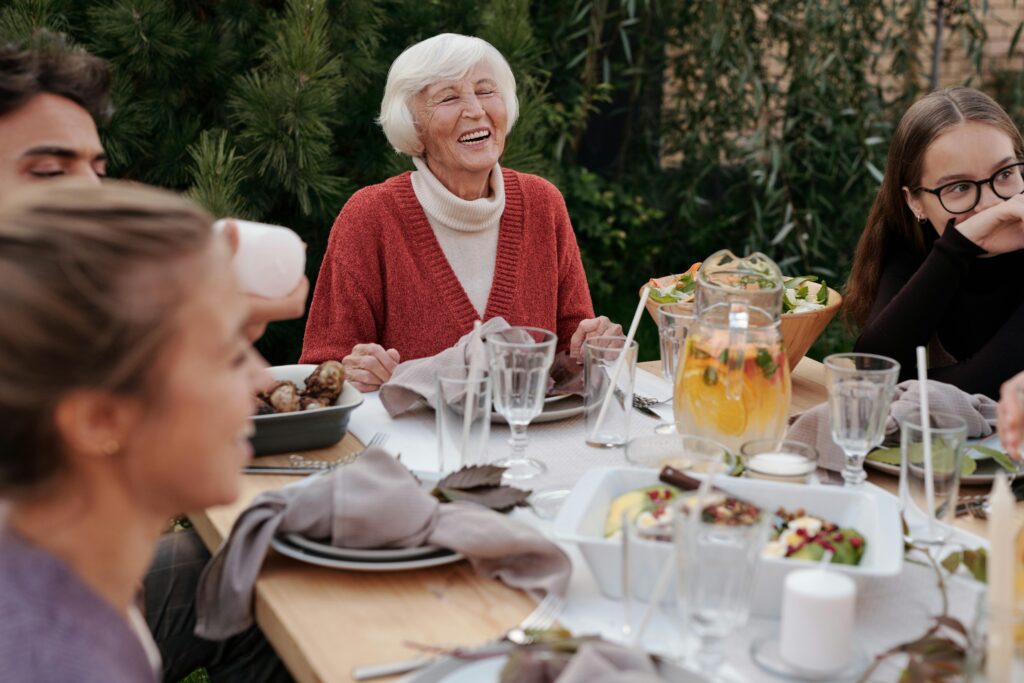
Connectors love to share the latest information about events and deals they see online. These personas will share what they see with their friends and family to make plans to take part in the activity or promotion. These personas love to socialise and are thoughtful and well-connected.
Preferred sharing platform: Email and Facebook
Careerists: The finance bro

Careerists are online personas who are career-driven 24 hours a day. These personas don’t use their downtime to scroll mindlessly or invest in other interests. They spend their downtime using the internet for networking and to show their intellect and career goals. These individuals are smart and are extremely committed to their work.
Preferred sharing platform: LinkedIn
Selectives: “This made me think of you.”

The selective is the most thoughtful and non-conforming of all the personas. They share a particular type of content with a specific group of people. They don’t care about appealing to everybody but rather stick to their niche interest and share it with the small group of people they appeal to and belong to. Selectives are quality over quantity in every sense.
Preferred sharing platform: Email
Hipsters: Your cooler younger cousin

Hipsters are young, cool, and have developed a confident, spunky online identity. These personas share content mainly for social status and to emphasise their identity to the world. Hipsters seek individualism but, at the same time, crave validation from the people around them. They are likely to share trending information.
Preferred sharing platform: Instagram, TikTok and Snapchat
What Do Sharing Motivations And Personas Mean For Creating Shareable Content?
You have gained invaluable knowledge about psychological motivations, the different types of online personas, and how they impact content shareability. Understanding how people think and what drives their actions is the first (and only) step in making content that is more shareable.
The question is: What do you do with it?
You will now learn how to harness and leverage these factors and use them as part of your marketing strategies. By doing this, you will see a significant improvement in the visibility of your content and brand awareness.
It’s important to remember what I mentioned before: when creating brand content, appeal to your audience’s need for connection, identity, and emotion (humour, happiness, sadness, trust).
According to the New York Times study, using the following characteristics makes for an exceptional content marketing strategy that guarantees that your content will be shared.
Connection content
When creating content, it’s crucial to remember that people’s interactions and connection with each other through your brand’s content are just as important as their interactions with the brand itself.
So, how do you apply this to your content?
The answer is short and sweet- create content likely to start a conversation amongst viewers. This will make them want to connect with each other to discuss their opinions and views while subconsciously being exposed to and sharing your brand.
Simple content
The simpler you write a post or convey an idea, the more digestible it’ll be to your audience.
Long, complicated sentences urge a reader to scroll past and move on to something easier to read. You must remember that your audience is (generally) scrolling through social media in their downtime. They are looking for entertainment through ease and simplicity.
Your audience will also share simpler content with their friends because they know they’ll understand it and have time to look at it.
Trustworthy and valuable content
It’s no secret that people are more likely to share trustworthy content. There are three simple ways to create this kind of content:
Be honest and show them you are also a human: Nobody’s perfect, and we ALL know that. Brands that are too perfect often come across as fake. When something is too good to be true, people will see that. Share your struggles, goals and achievements. You’ll immediately appeal to their personal side and gain better trust.
Leverage existing brands and influencers who your audience already trusts: This creates a similar effect to making friends with the friends of your existing friends. Why? Because, much like the trust you have for your friend’s friend, the same applies from brand to brand. If your favourite brand starts working with another random brand, the likeliness of you investing in the random brand is much higher.
Freebies: Giving out free information, especially helpful information, creates a good foundation between you and potential followers of your brand. It shows your audience that you’re not all about the money and are humble enough to prove yourself before gaining their trust. This will always go a long way in gaining a following.
Emotional content

Speaking to people’s emotions will significantly impact the rate at which they interact with and share your content. As I mentioned earlier, evoking strong feelings in a scroller, especially happiness or humour, will make your content more noticeable. It will also make your audience want to spread joy with their followers, as benefiting others (especially those we care about) is part of our human nature.
A great example of this is the Skittles “piñata” TV advert.
Urgent content
It’s a natural fact that pressure and scarcity sells. No one likes missing out, so consider incorporating some of these content tactics into your brand’s posts to increase engagement:
FAQs
What is the most used social media platform?
Facebook is the most used social media platform today. With over 3 billion users, Facebook is used by 37% of the global population. This is due to its primary function, to help people connect with each other. This goes back to the psychological need to feel connected and part of a community.
Which social media is most effective for business marketing?
Facebook is still the best-rated social media platform for marketing. This is because almost half the world’s population has a Facebook account. This means that your business can reach a massive group of people who might be interested in your products or services.
How do we measure the success of content strategy?
By monitoring the metrics below, you’ll gain a better understanding of what’s working in your content strategy. This will help you refine your content marketing approach and connect more meaningfully with your audience.
- Organic search traffic
- Views
- Traffic sources
- Click-through rate
- Social shares
Final Thoughts
This article has helped you understand the psychology behind why people share content online, highlighting three fundamental factors: emotions, identity, and connection. Understanding these factors is crucial for creating shareable content.
I have also explored the five biggest reasons people share content online, including:
- Sharing valuable and entertaining content
- Defining identity
- Building relationships
- Self-validation
- Sharing beliefs.
Additionally, it introduces the concept of social sharing personas each with unique characteristics and preferred social media platforms. These include:
- Boomerangs
- Altruists
- Connectors
- Careerists
- Selectives
- Hipsters
Considering all these points, you now have guidance on creating shareable content by leveraging these psychological factors and appealing to the different personas.
